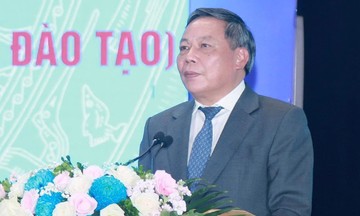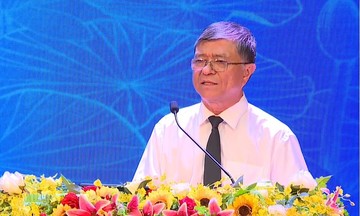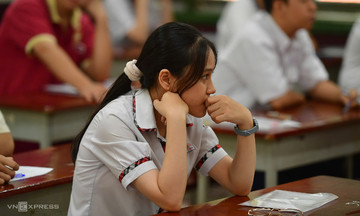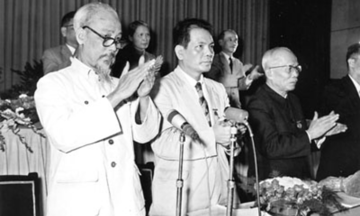This information is part of a report on the monitoring of high-quality education models, conducted by the committee at the end of June.
Currently, Hanoi has 22 high-quality schools, from preschool to high school, one less than last year (Doan Thi Diem Primary School). The Culture and Social Affairs Committee assessed that most schools have highly qualified teachers, well-equipped facilities, advanced teaching equipment, standard playgrounds and function rooms, and many amenities such as swimming pools and sports fields.
However, the committee also pointed out some limitations and difficulties.
First, the deterioration of facilities has led to high-quality schools losing their competitive edge compared to newly built public schools. Some schools have limited space, failing to meet the national standard (6-10 m2/student), affecting teaching and learning quality.
For instance, Preschool B does not meet the requirements for classrooms, equipment, and play areas. Viet Trieu Huu Nghi Preschool, Mai Dich Preschool, 20-10 Preschool, and Do Thi Viet Hung Preschool, having been built many years ago, are experiencing facility deterioration.
Second, these schools are becoming less attractive, especially the seven preschools. According to a survey, in recent years, the enrollment rates of these seven preschools have been lower than the set criteria, although no details were provided. This has led to insufficient tuition fee revenue, impacting program implementation, facility investment, and teacher salaries.
Third, class sizes are exceeding the standards. This is happening at Trang An Primary School and Ngoi Sao Ha Noi Primary School, where class sizes range from 31 to 35 students, while the regulation sets a maximum of 30.
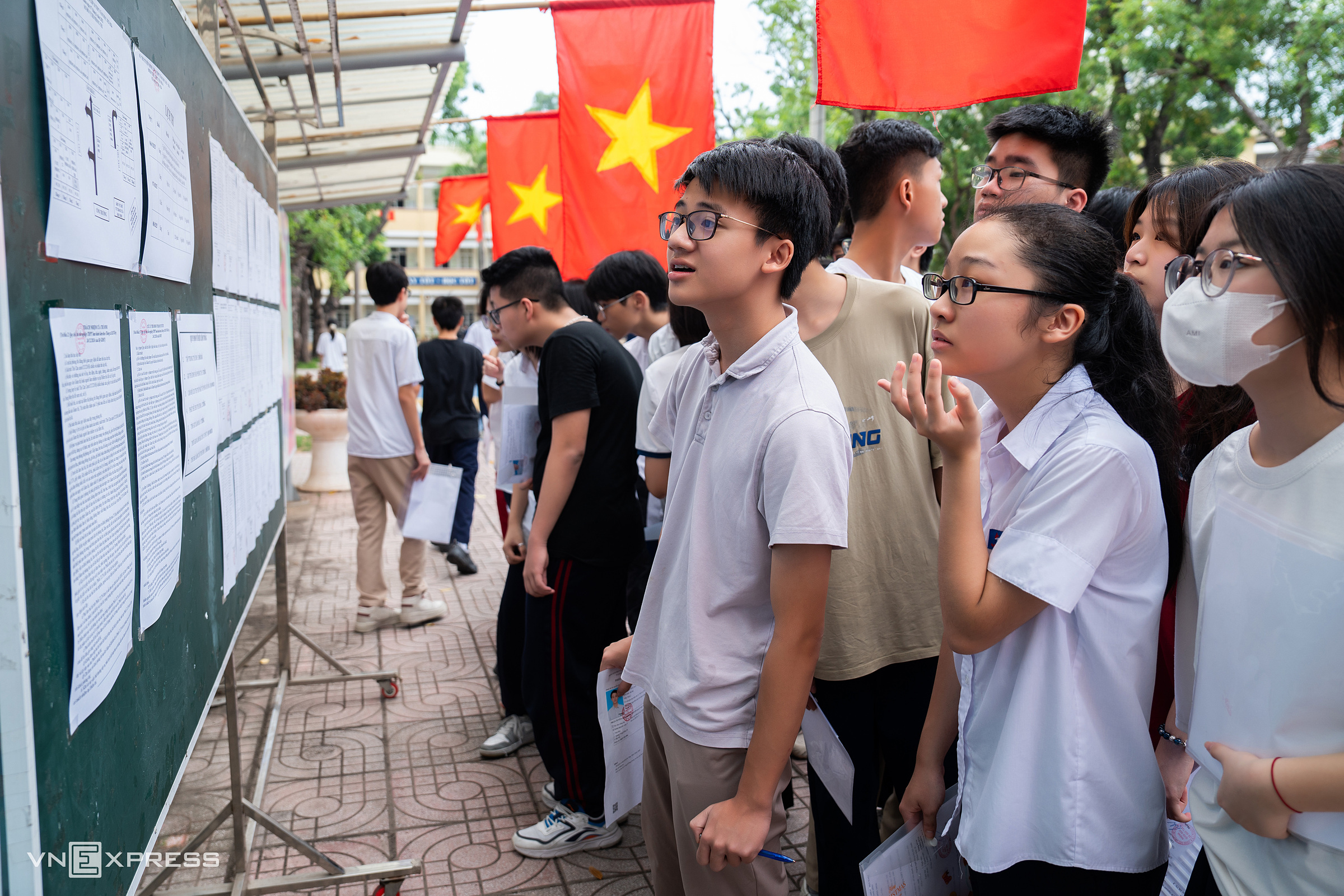 |
Students taking the public 10th-grade entrance exam in Hanoi in 2025. Photo: Tung Dinh |
Students taking the public 10th-grade entrance exam in Hanoi in 2025. Photo: Tung Dinh
In addition, high-quality schools also face obstacles in some regulations and policies. For example, the procurement of equipment, spending limits, and purchasing procedures follow general regulations for public schools using the state budget, while high-quality schools have specific teaching programs. The Culture and Social Affairs Committee believes this creates difficulties in meeting professional requirements and educational quality.
The committee recommends that the city invest in renovating, upgrading, and purchasing equipment for high-quality schools. Hanoi should also develop clusters of high-quality schools from preschool to high school in the same area to ensure connectivity and comprehensiveness. Furthermore, the city needs solutions to encourage private schools to participate and develop according to this model.
The Culture and Social Affairs Committee requests that schools publicize their tuition fees and ensure that the quality of education corresponds to the fees collected.
Currently, the tuition fee ceiling for public high-quality schools in Hanoi is 5.1-6.1 million VND per month. Meanwhile, tuition fees for regular public schools range from 19,000 to 217,000 VND.
Thanh Hang




